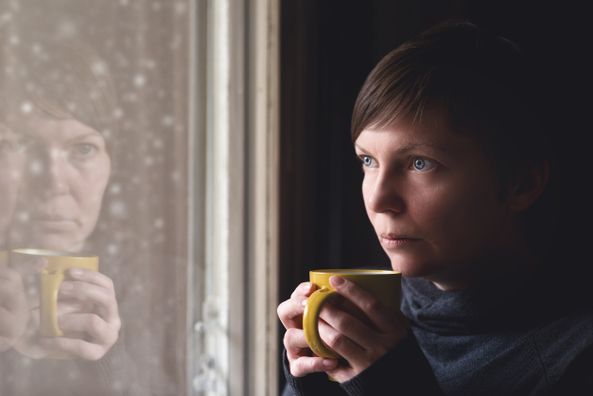Seasonal affective disorder (SAD) is a subtype of major depressive disorder and most people with this disorder notice symptoms starting in fall and continuing into winter. These symptoms will start and stop around the same time each year.
While the exact cause of SAD is not known, the following factors are considered to contribute to the onset of this disorder:
- Circadian Rhythm and Shorter Days — With less sunlight in the fall and winter, your circadian rhythm and sleep cycles may change leading to feeling depressed.
- Hormones — The hormones melatonin and serotonin help regulate important functions in your body like appetite, mood and sleep. Each hormone performs separate jobs in your body — serotonin for happiness and melatonin for sleep and relaxation. The change in sunlight and disruption of your circadian rhythm can affect your hormone levels, leading to feelings of depression and disrupted or inefficient sleep.
Throughout the year, it is completely normal to have days when you feel off or down. Below are symptoms of SAD to be aware of during each season.
| Fall and Winter SAD Symptoms | Spring and Summer SAD Symptoms |
|
|
Especially during the winter months, there are a few lifestyle enhancements that can be made to reduce symptoms of SAD, including:
Physical Exercise — 30 to 60 minutes of exercise per day can brighten your mood and improve your overall health and well-being.
Get Outside — Serotonin creation can be triggered with just 20 minutes of sunlight exposure each day resulting in a more positive attitude.
If you notice a consistent change in your attitude, motivation, sleep patterns, you rely on substances for relaxation, have consistent feelings of hopelessness or contemplate suicide, it is time to see your physician. Your primary care physician can work with you on a treatment plan that works best for you.
Health Topics:







